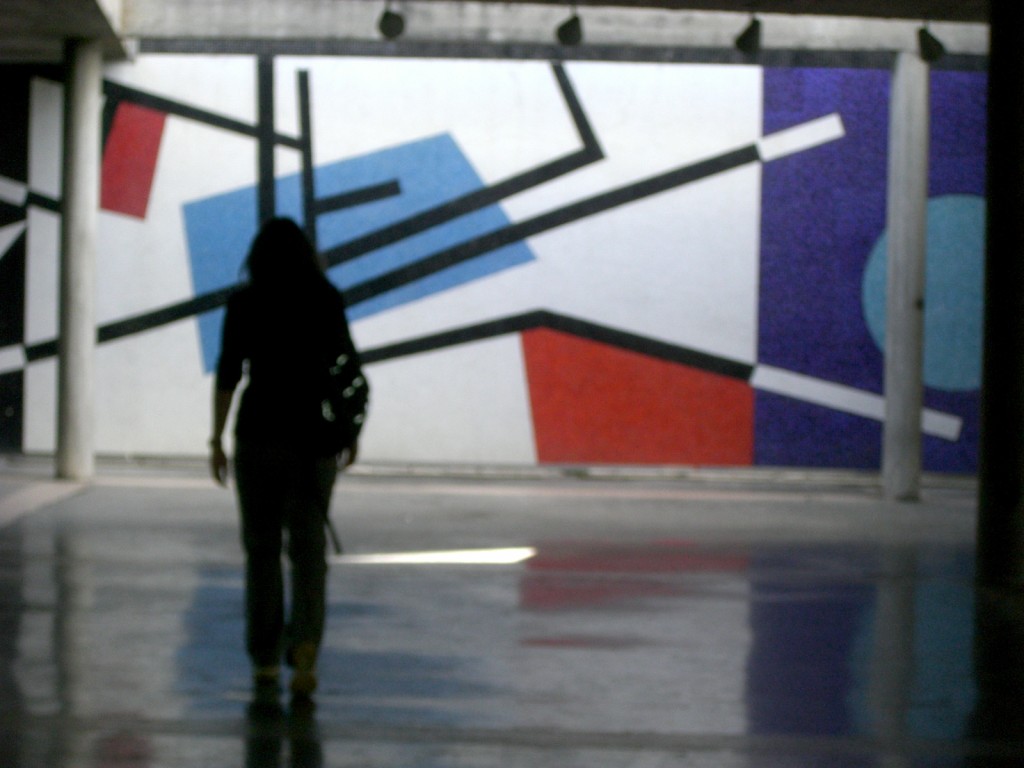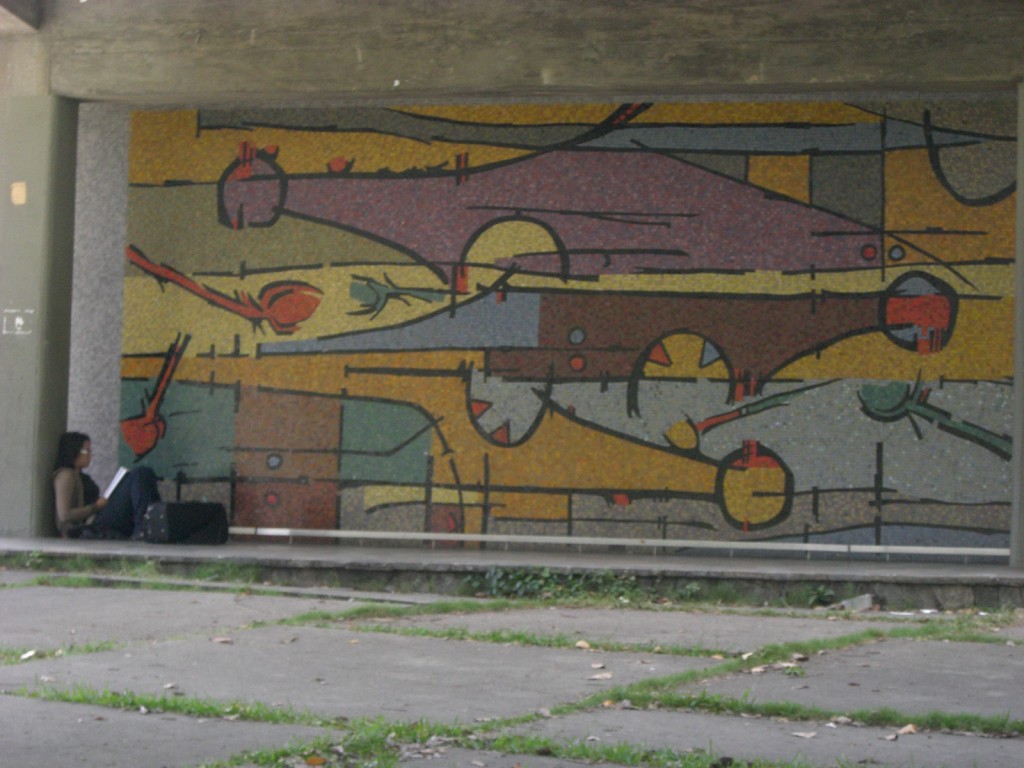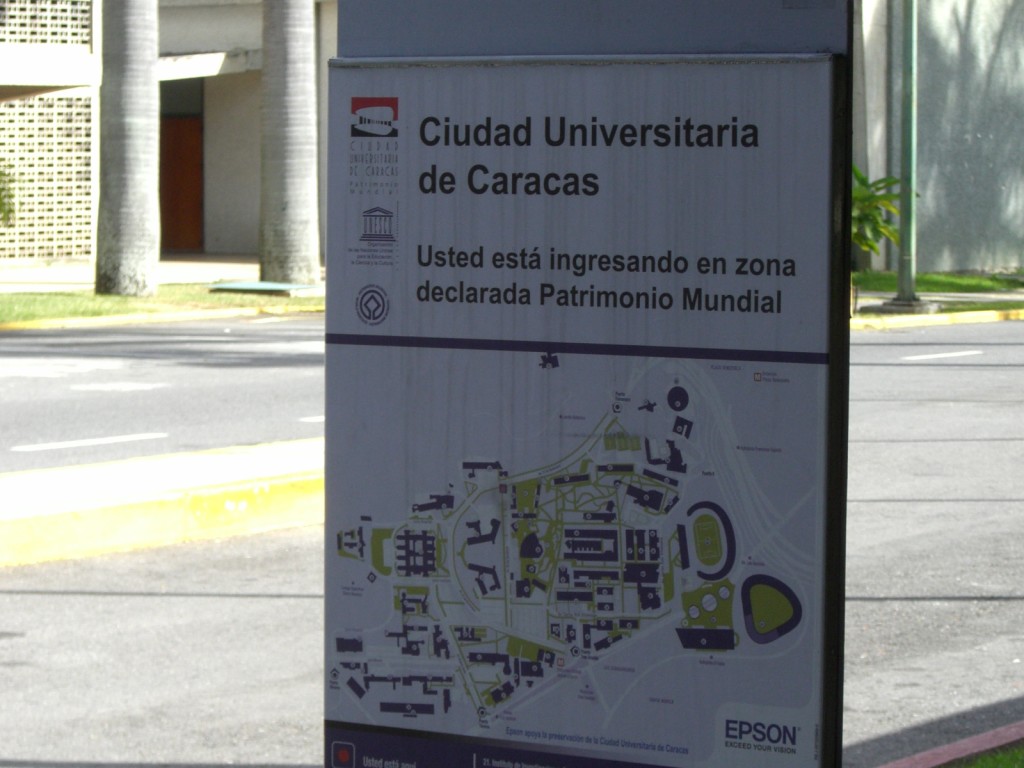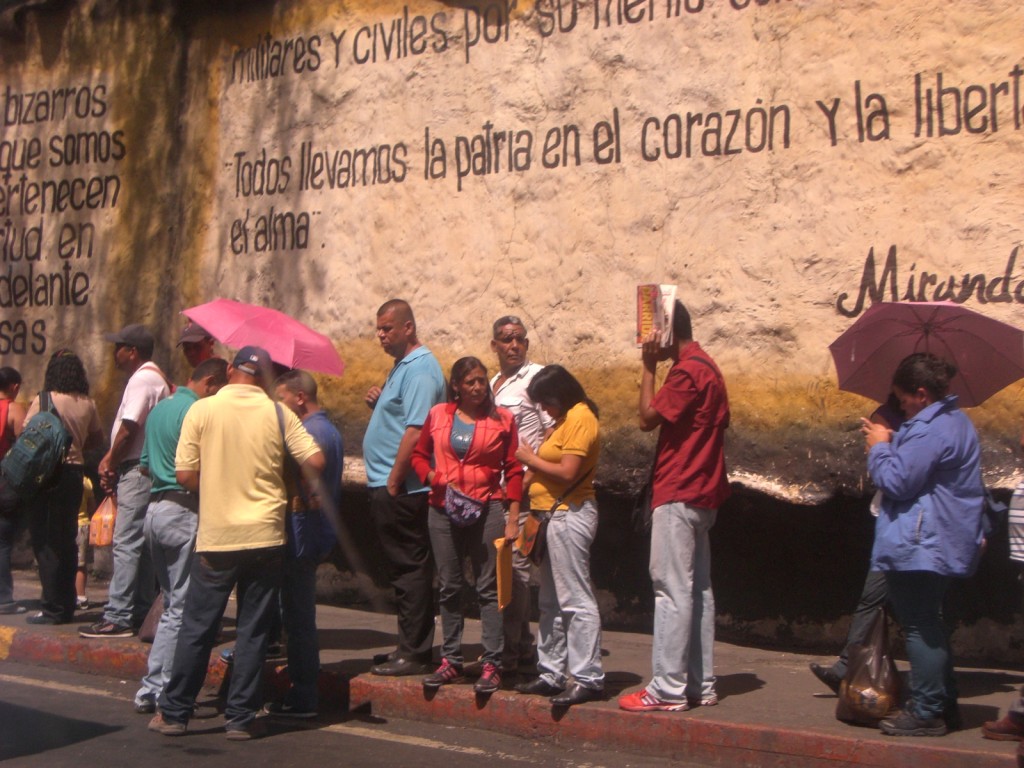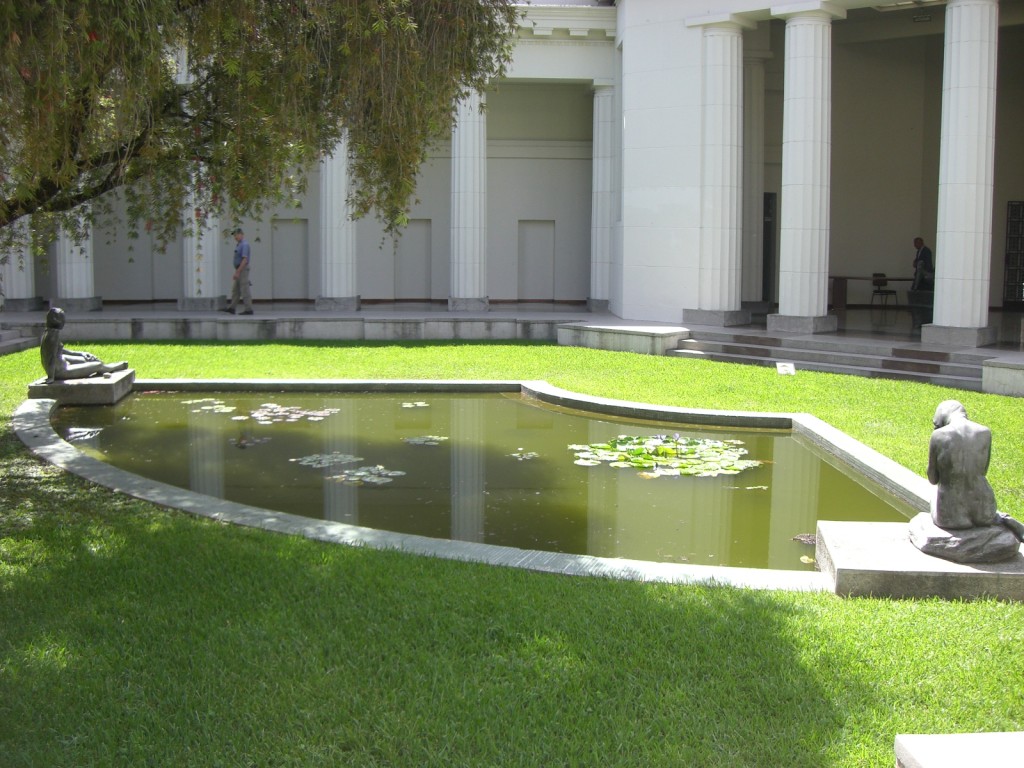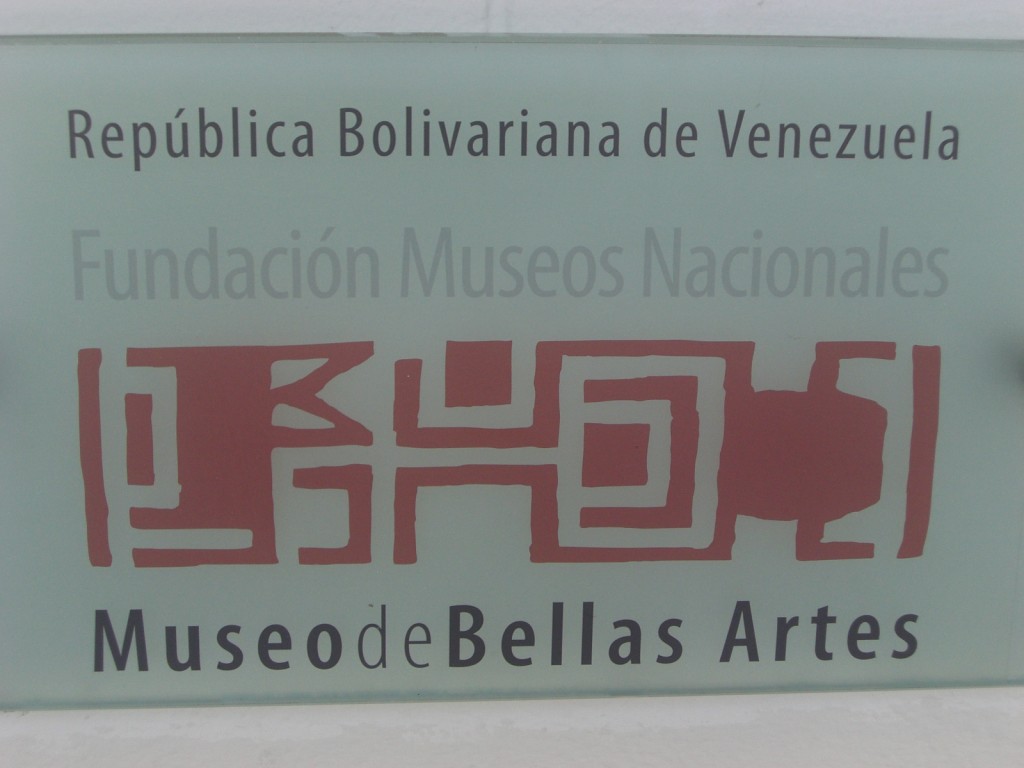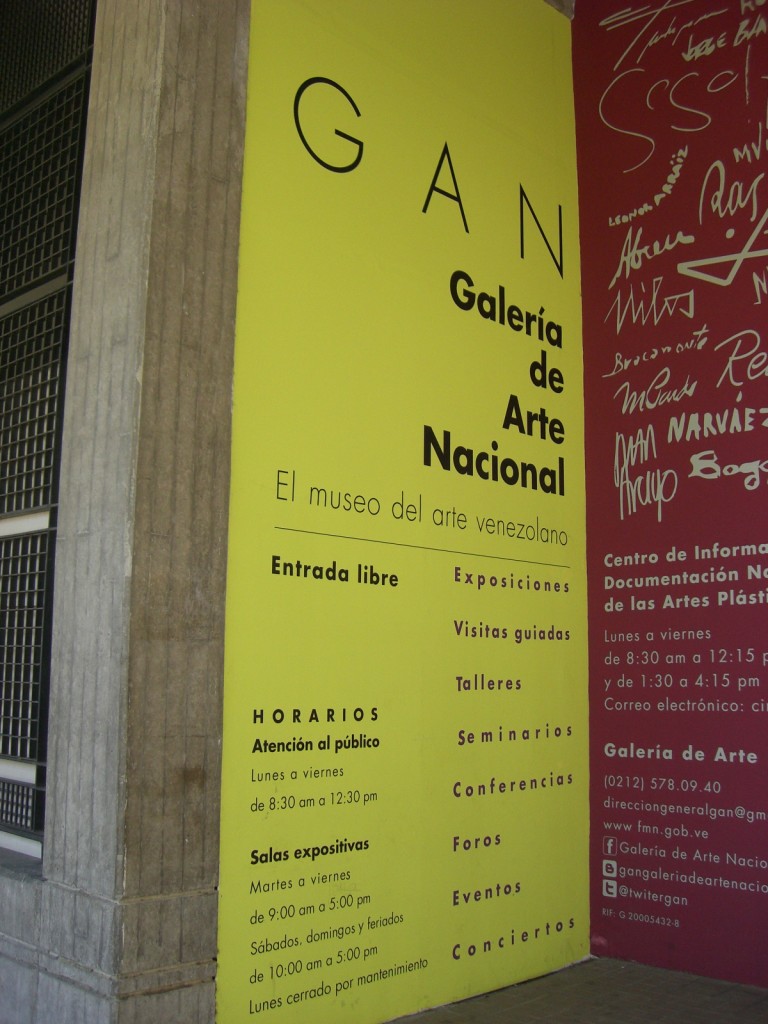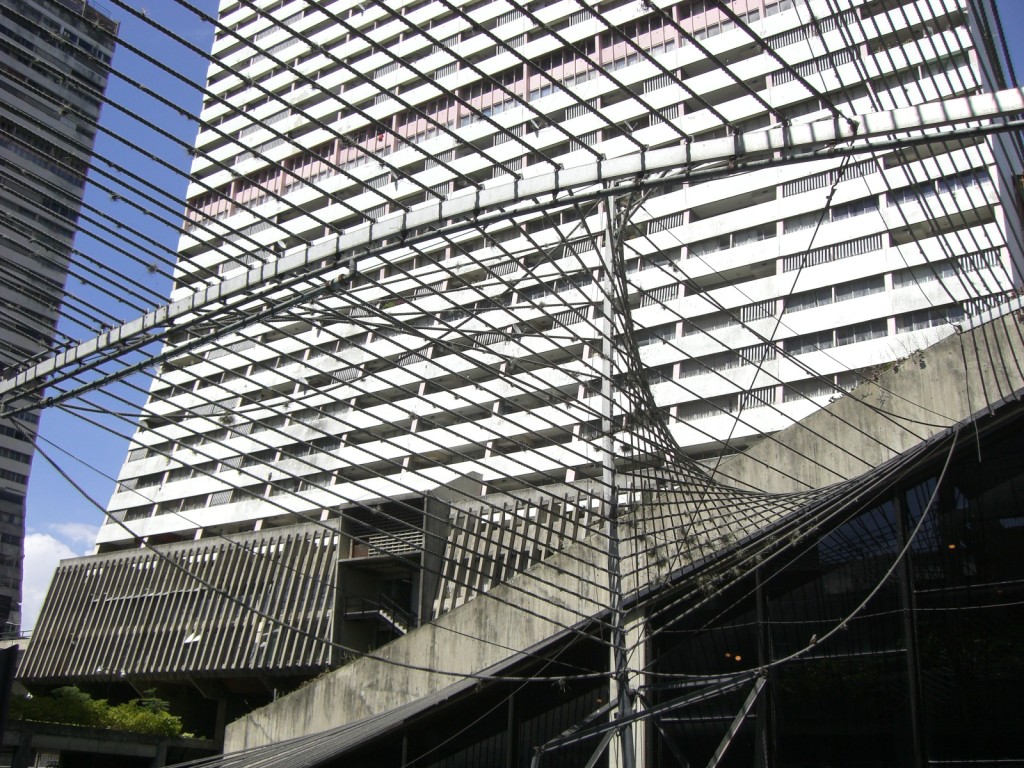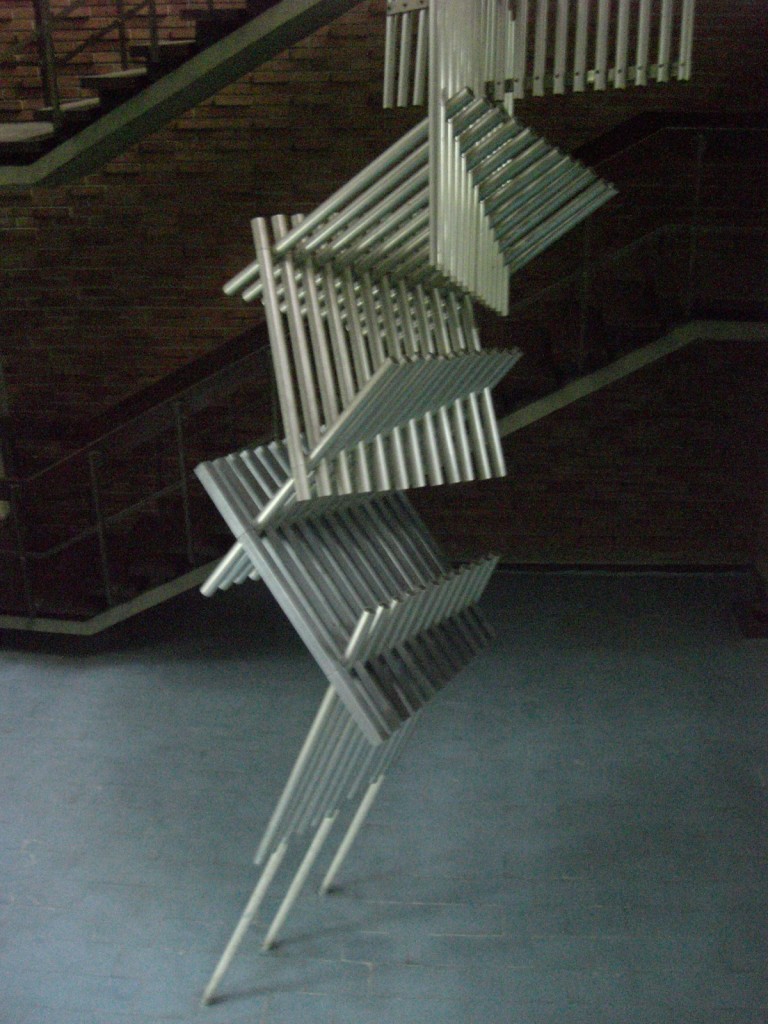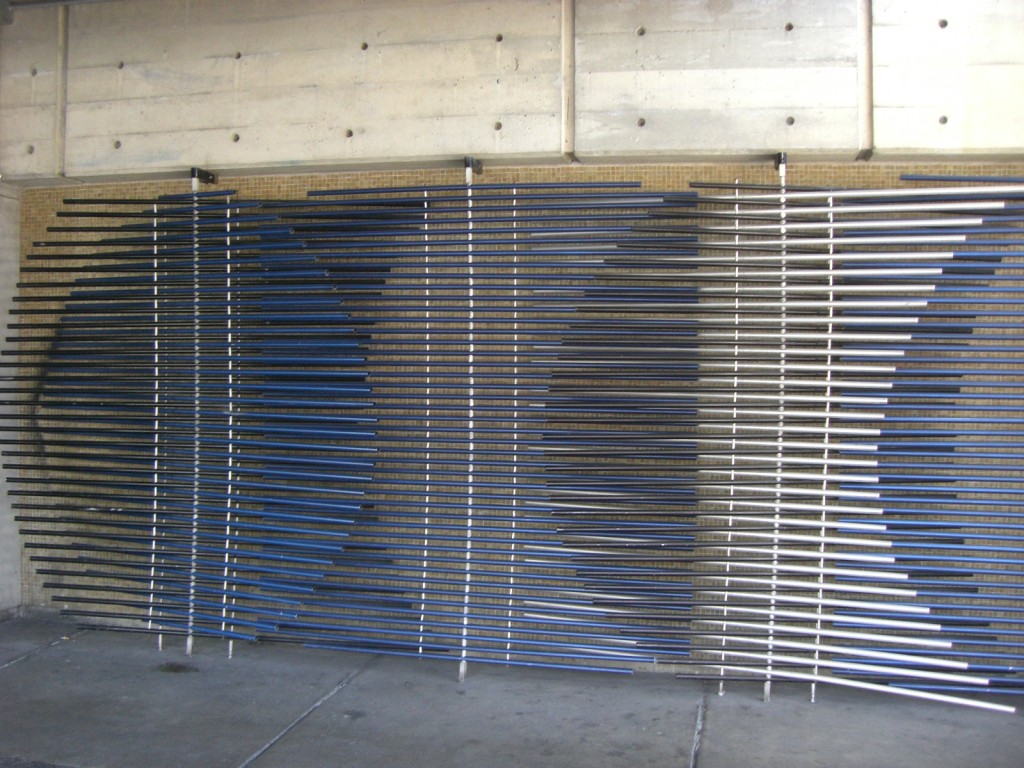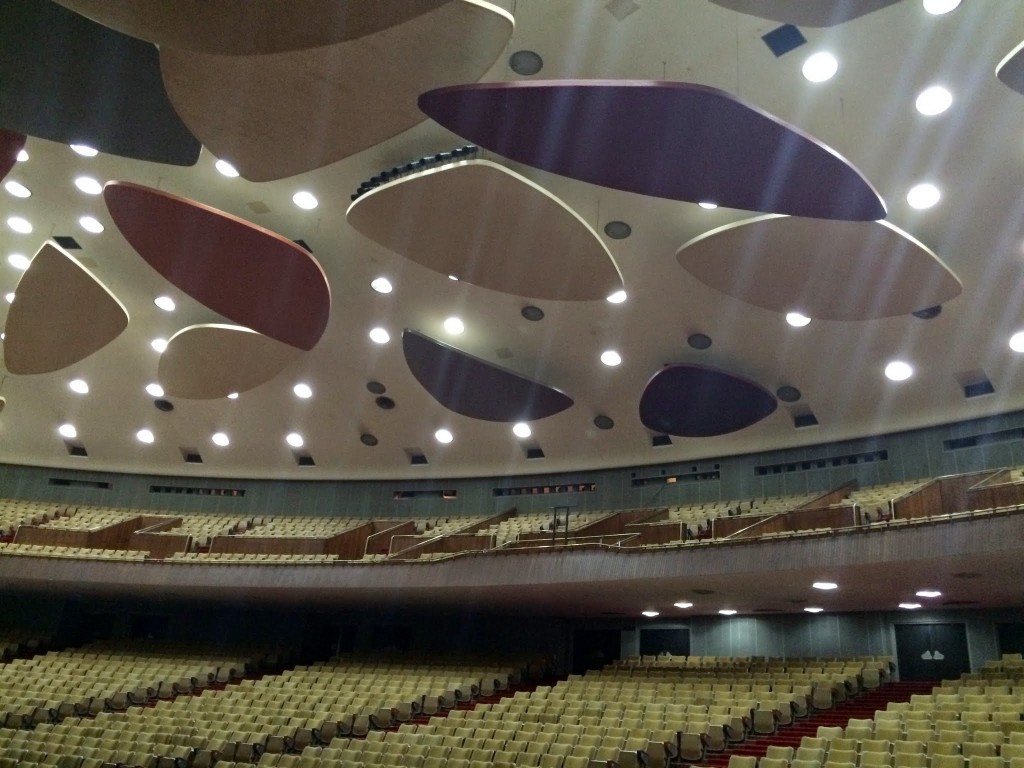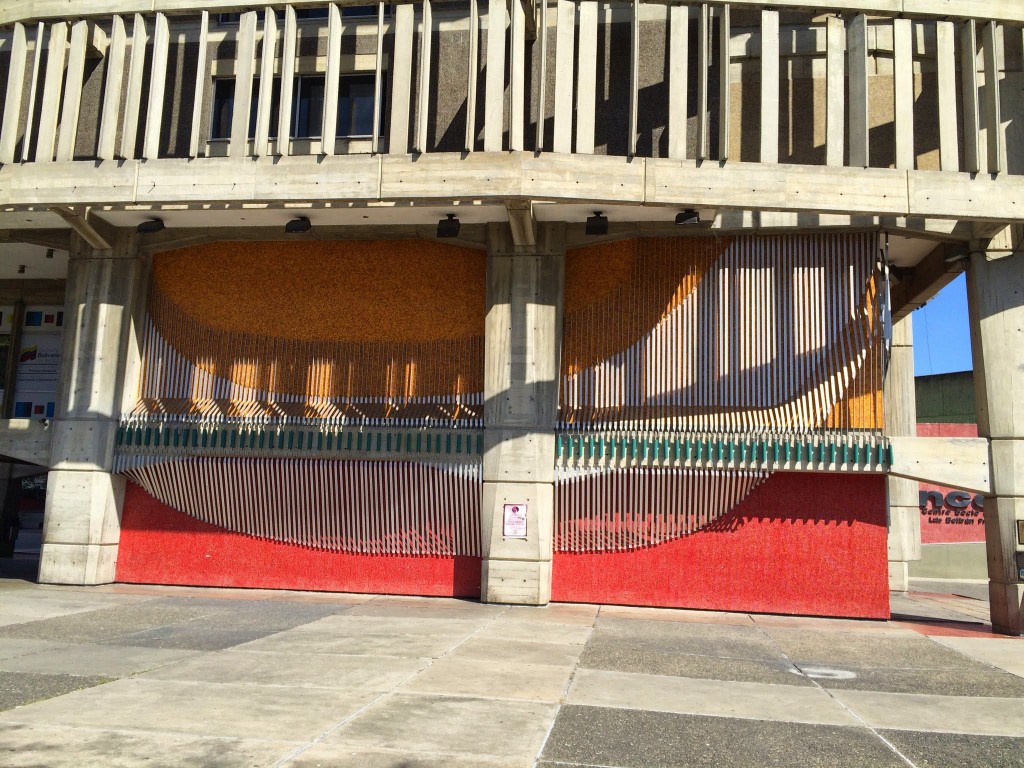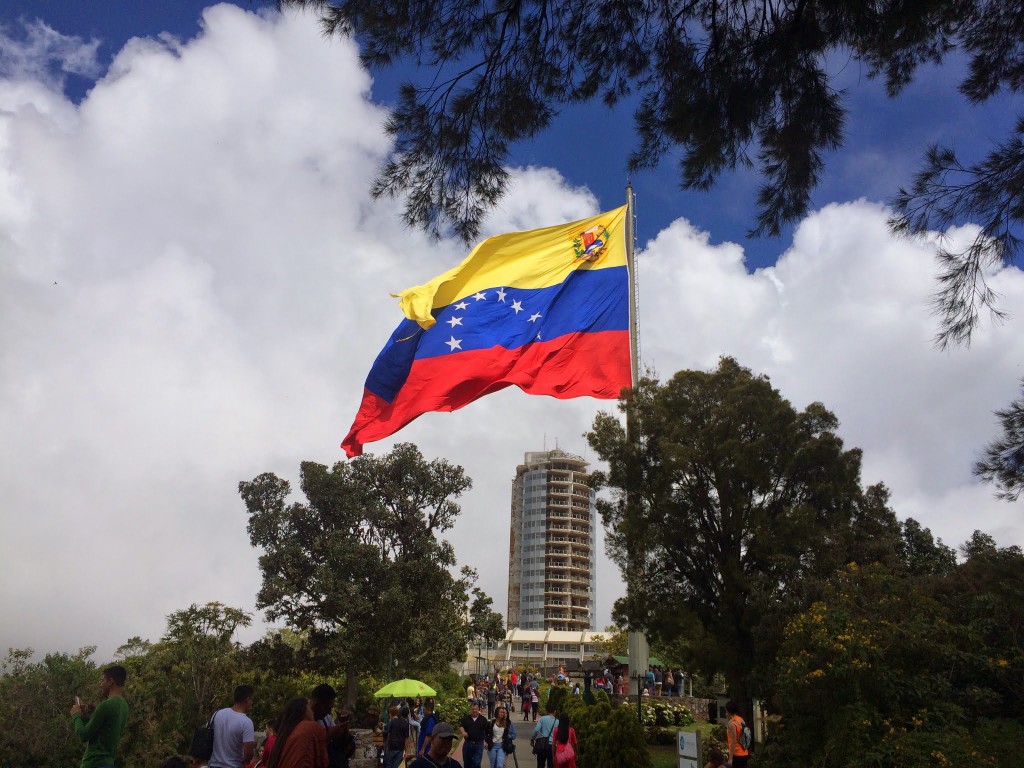Victoria Fedrigotti
Grant awarded Fall 2014
Modernism Contested: Gego’s Grids and the Aesthetics of Temporality
I am extremely grateful for having been awarded a Kossak Grant to travel to Caracas, Venezuela in order to undergo research for my thesis on Venezuelan artist Gego (Gertrud Goldschmidt, 1912-1994). Gego has been hailed by scholars as being one of Latin America’s most innovative artists, yet at the same time she is considered one whose work has come to reside in an interstitial space in between the modernist tradition and contemporary practices that unravel this very same tie to art historical modernism. In the words of Iris Peruga, Gego’s oeuvre is considered both “a challenge to the traditions of 20th century art as well as an idiosyncratic extension of this tradition’s paradigms.”
My thesis research explores this problematic dialogue with modernism that I believe to be embodied in Gego’s work, as I examine two aspects of her practice which I contend are most problematic: first, her contradictory relationship to modernism’s grand, orthogonal, formal matrix—the grid—and second, her curious relationship to her modernist genealogy of Bauhaus Constructivism, Geometric Abstraction, and Venezuelan Kineticism: three modernist movements from which Gego both synthesized and deconstructed one of their principal formal properties of a rigid commitment to geometry, acute linearity, and the grid.
In the historiography of literature on Gego, the majority of scholars center on her use of “the line.” Most notably, there does not yet exist an exhaustive scholarly study to date that focuses either singly or comprehensively on the artist’s relationship to the grid. For this reason, I chose to explore the ways in which Gego both employs as well as subverts this formal matrix of 20th-century abstraction. On the one hand, I illustrate the ways in which her practice engages with the grid as a visual language through her incorporation of it early on in her practice in a series of painted works from the 1950s and 60s, carrying out a close formal reading of a series of watercolors, temperas, and gouaches that are housed at the largest archive of Gego’s work: the Fundación Gego (Gego Foundation) in Caracas. At the same time, I also analyze Gego’s abandonment of the grid’s form through her own brand of avant-garde originality, in her deconstruction of it from within Reticulárea ambiental (Reticulárea, environmental work) of 1969 – a work also housed in Caracas.
The foremost reason for which I applied for the Kossak Travel Grant, was that the Gego Foundation is the only venue worldwide to house the largest number of the artist’s early paintings. The most prominently studied works of the artist are those that incorporate sculpture and installation. However, thanks to the Kossak Grant, I was able to travel to visit the Gego Foundation and have the opportunity to view a plethora of unpublished works on paper ranging from temperas to gouaches, to watercolors and serigraphs. Viewing these works in person was paramount to my analysis of the painterly, modernist platform from which Gego departed in the early 1950s, and which she later both discarded as well as returned to time and time again throughout her practice during the decades of the 1960s, 70s, 80s, and 90s – an artistic gesture that both formally reverses as well as challenges the notion of a linear conception of temporality.
My own reading of these works housed in Caracas were essential to my study on the trajectory of Gego’s practice through the lens of her relationship to the grid. I cannot stress how incredibly generous and helpful the staff at the Gego Foundation was in scheduling a number of viewings, as well as sharing with me a plethora of archival material. As a result of the Kossak Grant, I was also able to view all of Gego’s public works installed throughout the city of Caracas, as well as visit a number of her pieces housed at the Museo de Bellas Artes (Museum of Fine Arts) and the Galería de Arte Nacional (National Gallery of Art). Another major opportunity afforded by this trip was to be able to visit the famed Ciudad Universitaria and all of its sculptural installations.
Through the research that I carried out on this trip, I hope to shed light on what I contend is an acutely original form of temporality that Gego makes manifest in her oeuvre’s relationship to the grid. In short, I argue that Gego’s work offers an alternative aestheticization of the construct of time, one which resists, upsets, and diffracts a more traditional conception of temporality that assumes a linear trajectory, and one whose aesthetics are to be found in the interstitial space between an originally modernist, painterly lineage, and a novel form of artistic contemporaneity that unravels these very same ties to art historical modernism. It was critical to my thesis research and writing that I view these works and archival material firsthand in Caracas, and for this I am extremely grateful to both Hunter College and the Kossak Fund for the invaluable support they extended to me to this end.
1 Iris Peruga, “Introduction” in Defying Structures (Barcelona: Museum D’Art Contemporani De Barcelona, 2006), 9.

